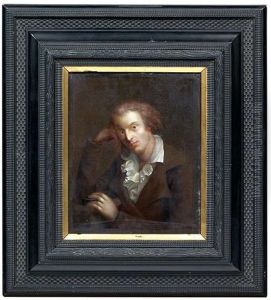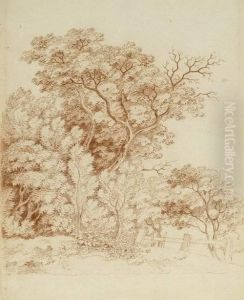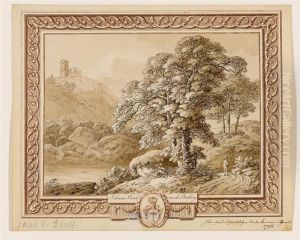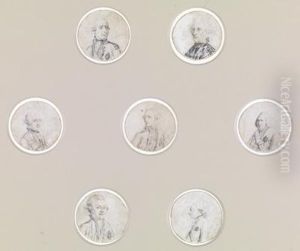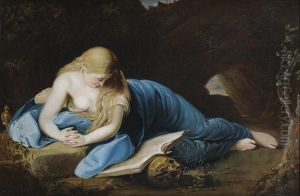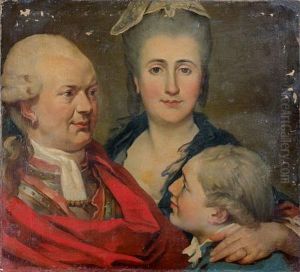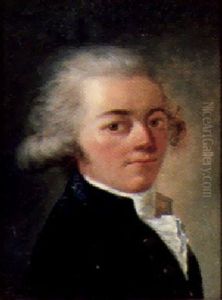Carl Anton Graff Paintings
Carl Anton Graff, also known as Karl Anton Graff, was an artist born on February 18, 1735, in Winterthur, Switzerland. He was primarily known for his work as a portrait painter. Graff’s artistic talents were evident at a young age, and he began his formal training in art in his hometown. However, his desire to advance his skills and make a name for himself in the art world led him to seek opportunities beyond his native land.
In pursuit of greater artistic development, Graff moved to Augsburg and later to Regensburg. In these cities, he continued his education and began to establish a reputation for his portraits. His work eventually caught the attention of patrons and other artists, which allowed him to travel to Dresden. There, he became a pupil and later a friend of the renowned portraitist Anton Raphael Mengs, who had a significant impact on Graff’s style and technique.
During his time in Dresden, Graff became connected with the court of Saxony. This connection proved to be pivotal in his career as he was commissioned to paint portraits of nobility and other prominent figures of the time. His portraits were celebrated for their lifelike representation and the skillful capture of his subjects' personalities. Graff's success in Dresden led to his appointment as a court painter, a position that provided him with financial security and artistic prestige.
Throughout his career, Carl Anton Graff was prolific, creating a vast number of portraits that documented the faces of the Enlightenment era. His work is characterized by a keen attention to detail, particularly in the rendering of fabrics and textures, and a subtle interplay of light and shadow that gave his portraits depth and vitality. Graff's portraits are still studied and admired today for their historical significance and artistic merit.
Carl Anton Graff passed away on June 22, 1813, in Dresden. His legacy lives on through his portraits, which continue to be displayed in museums and collections around the world. They not only serve as a testament to his skill as an artist but also provide a window into the cultural and social milieu of 18th-century Europe.
